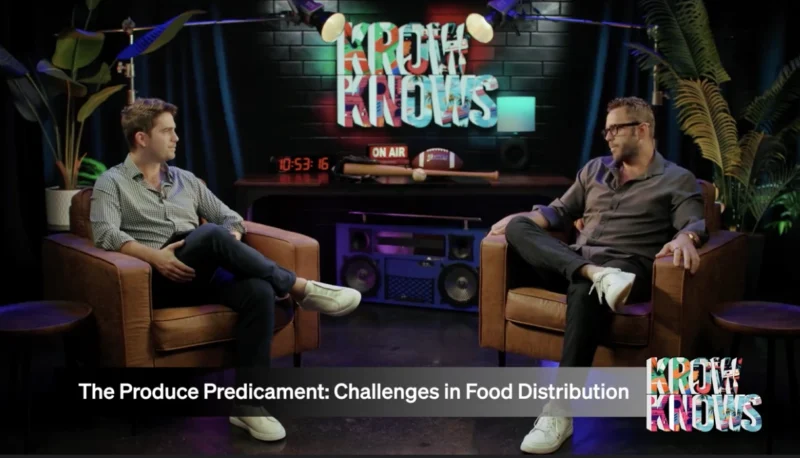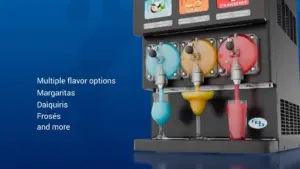Helping Restaurants of All Sizes with the Restaurant Repair Process
Running a restaurant is hard work, especially if you’re a small business operating on thin margins. The expected parts of those workloads and margins are one thing; day-to-day operations are layered and full of important intricacies to make sure the kitchen and service run smoothly. But couple that with the fact that basic operations can get derailed by equipment failures at inopportune times, and the unexpected starts to run up a bill that small restaurants just can’t afford. According to ResQ, the average restaurant spends three to four percent of sales on maintenance and restaurant repair.
On an upcoming episode of The Main Course, host Barbara Castiglia speaks with Daniel Estrada, co-founder and CEO of 86 Repairs, a company that specializes in helping establishments navigate the restaurant repair process. The two discuss how 86 Repairs’ process for addressing equipment failures, and how a holistic and proactive approach to maintenance is giving their clients the upper hand.
Abridged Thoughts:
Barbara: “You’re talking about, you know, a coffee shop that has one coffee machine, and if that’s down there, whole businesses down, you know, up until, you know, if you multiply that by, you know, a chain of coffee restaurants, it’s just astounding when equipment goes down, how it impacts the whole running of the restaurant.”
Daniel: “That’s right. And you know, you asked about the process as well. It’s a pretty interesting workflow and something that we really designed from scratch when a customer sends us a text and says, hey, my, you know, my coffee machine is now, maybe it’s an espresso machine in a cafe or a Fryer or an HVAC system, right? My air conditioning is not blowing cold.
The first thing we do is we ingest that request and we connect it to a specific piece of equipment in that customer’s restaurant. So we have a full inventory of all the equipment, so we start logging service history and money that’s been spent on that equipment. So the first thing we do, we’ve assigned that request to a specific location and a specific piece of equipment. And then the first thing we do is we try to troubleshoot that issue with the customer. So if you call us, for example, about a walking cooler, we can look in our system and see the 23% of the time a walk in cooler is down. Resetting power to the condenser will solve the problem. And so we send a troubleshooting tip to that manager or whoever that shift leader is and say, have you tried flipping the circuit breaker?
Give it 20 minutes to come back down to temp and then let us know if the issue is resolved and if we’re able to troubleshoot those things. We probably saved that customer $200 to $300 on a service visit that they didn’t really need. And so that’s the important thing to understand here is that our customers are relying on us for a lot more than just finding service providers and dispatching vendors for them. Anybody can do that. We have a lot of intelligence about those vendors, how much they charge, what their quality response rates are, things like that.
But it’s much more about managing the whole process. In giving the customer insights that actually saves them money and allows them to run repairs and maintenance in a much more proactive way than they’ve been able to do in the past. So how are customers finding you? Well, it’s a combination of things, so we work with some great industry trade publications to help get the word out about 86. We do some online advertising. We have a lot of referrals from our customers. We have especially franchisees referring us quite a bit inside of their brands.
So that’s been really helpful. We have a lot of good data about what a Taco Bell or Burger King or McDonald’s equipment footprint looks like and what some of the common issues are. And so our franchisees like seeing that we have experience in their brand and with the kinds of restaurants that they’re running.”
More Stories Like This:
How Restaurants Are Coping with a Chicken Wing Shortage During Football Season
How Anthony Bourdain Inspired a Banker to Create a Culinary Brand









